EXCITING NEWS: The lab is international thanks to Yuki Kikuchi, Jen Nacef and the lab in Newcastle, with me now based at the University of Iowa to help the translation of knowledge to human neurosurgery patient research in Iowa.


As part of MRC, NIH and other funding, we are also now recruiting for two positions on both sides of the pond to expand the team. Here is the SfN advertisement: Email Yuki or Chris for further information.
Here is to the next phase of primate research of direct relevance for neurology and neurosurgery patient research. Go Team Newcastle and Iowa.
~The International Laboratory of Comparative Neuropsychology
NEURAL SYSTEM IMPACT AND COMPENSATION
New discovery: in a rare set of procedures with two neurosurgery patients we see remarkable frontal and auditory system impact tens of minutes after a neurosurgical treatment. What is even more remarkable is how the system may be compensating after losing a neural hub in the human brain.

Kocsis et al., bioRxiv preprint
BRAIN PERTURBATION AND IMAGING RESOURCE
Just accepted in the journal NeuroImage (preprint here): Comprehensive resource on the key brain perturbation technologies and how neuroimaging provides the ability to visualise their neurobiological effects. The paper includes a discussion of the exciting translational potential for these technologies with humans and will be soon linked to the PRIME-Research Exchange to support new labs and for the community to dynamically grow this global resource.
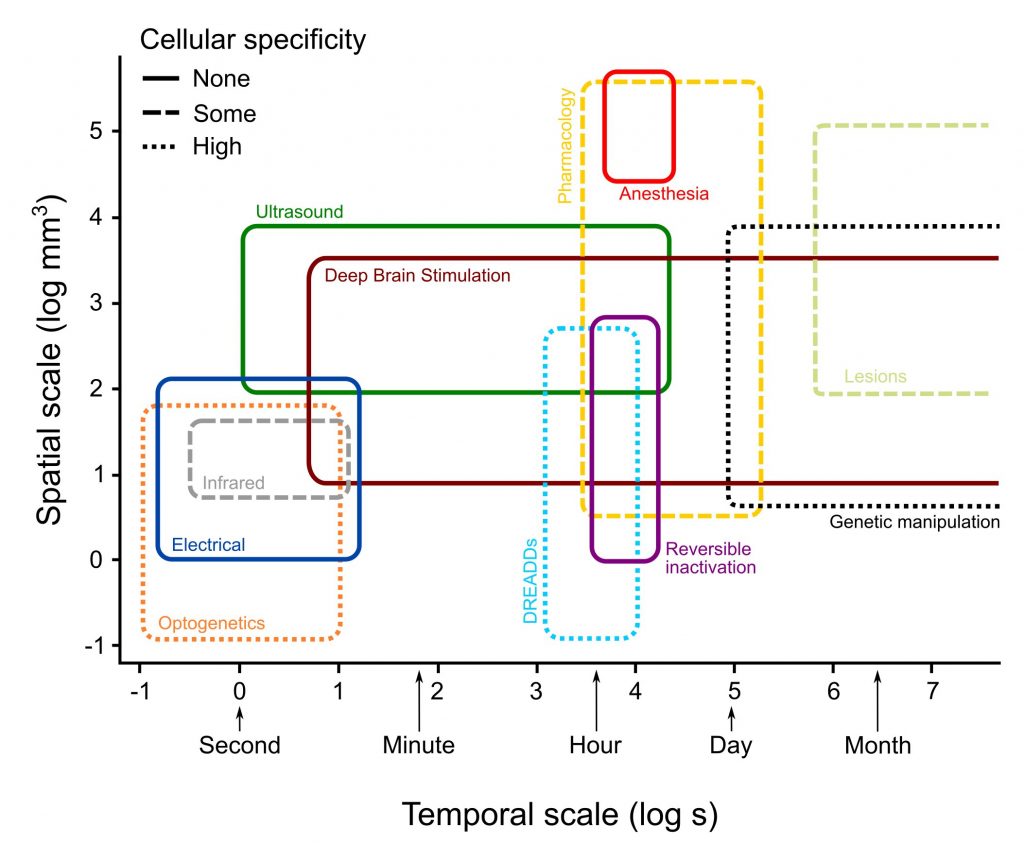
CAREER DEVELOPMENT WORKSHOP (APAN meeting)
Delighted to be helping with the ‘publishing your auditory neuroscience research’ workshop linked to the APAN meeting. Informed by the new Current Research in Neurobiology journal innovations (see here and below), actually directly inspired by the APAN community and my prior work on the organizing panel. Join the workshop here.
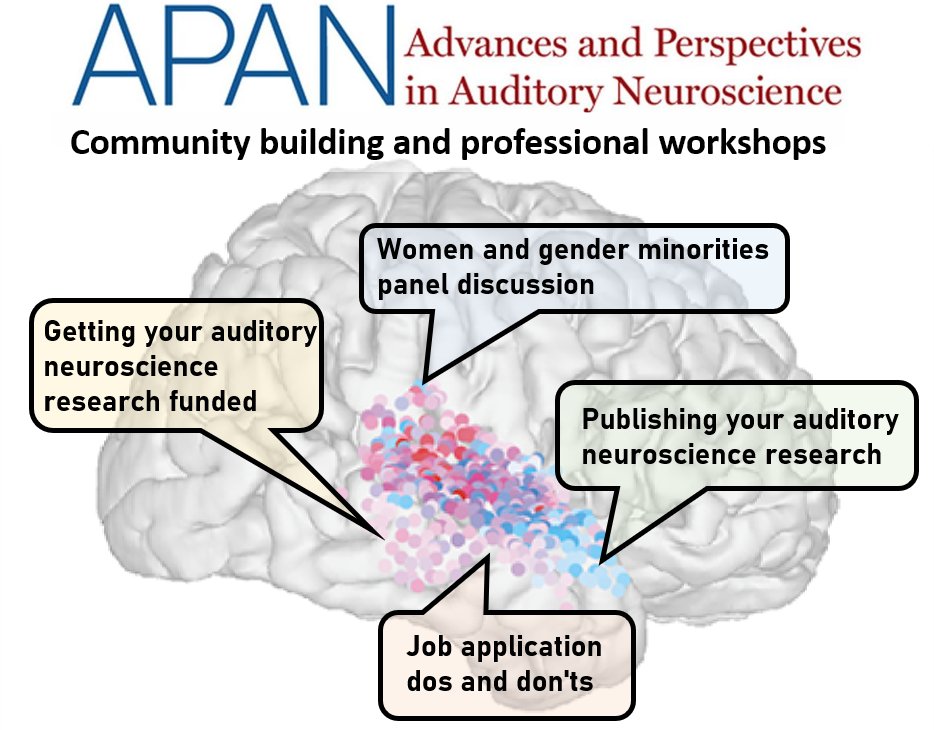
DISCOVERIES
Language and memory pathways rooted in common neural principles

A new comparative technique based on visualising brain stimulation, revealed first evidence for a rapid direct auditory to frontal pathway in humans and equally indirect auditory to hippocampal pathways in both humans and monkeys.
Language precursor pathway hiding in the auditory system
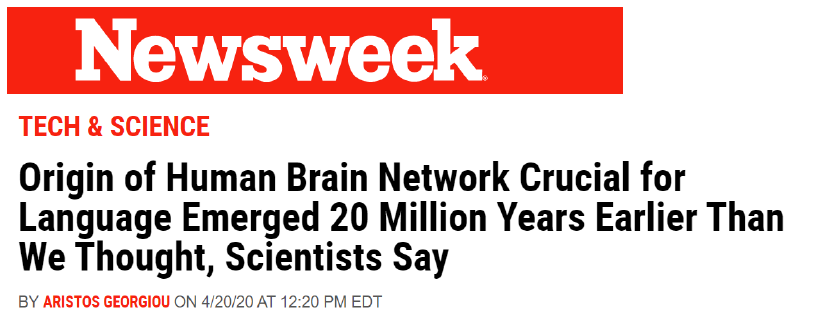
Nature Neuroscience article. Newsweek commentary.
This evolutionarily conserved pathway was hiding in the auditory system. The discovery has tremendous potential for understanding which aspects of human cognition and language can be studied with animal models in ways not possible with humans and apes. The study has already inspired new research underway including with neurology and neurosurgery patients.
Summary of media coverage. Press release https://bit.ly/3anRfIo

#UniqueEDIChampion discussion
Faculty Newsletter piece on Equality, Diversity and Inclusion: See my personal message and an argument for us all to emerge as EDI Champions. Share your thoughts on Social Media #UniqueEDIChampion
CONGRATULATIONS
Chris nominated for TEA award in extremely challenging times for staff, students and all of us. Prior Award and Nomination here

Dr Yuki Kikuchi for her promotion to Senior Research Associate, in recognition of her exciting independent research work
Dr Ben Wilson for his faculty position at Emory University
Dr Ross Muers for his post-doctoral position at Glasgow University with Dr Jozien Goense
Jen Nacef for outstanding lab managing and the Laboratory of Comparative Neuropsychology team for incredible efforts in an extremely challenging year.
INNOVATIVE NEW NEUROSCIENCE JOURNAL
Chris Petkov and Anna Mitchell (Oxford), Co-Editors in Chief for CURRENT RESEARCH IN NEUROBIOLOGY
Think of us as your journal and experimental platform working to be a unique community-led journal.
Check out the Editorial Introduction which we hope you find pleasantly unusual, and please take the survey to guide CRNEUR innovations going forward.

SCIENCE AND ANIMAL WELFARE
INTERVIEW: Research and Medical Benefits (direct link here)
SPOTIFY PODCAST on Language Evolution, Music and Neuroscience with SparkDialog
Articles for Speaking of Research:
Is Animal Research Worth the Expense?
A Small Number of Monkeys Could Help Millions of People: Coronavirus Vaccine Testing
PUBLIC ENGAGEMENT
BBC Radio 3 Public Engagement Activity at Newcastle Sage: Hear the live BBC Radio 3 broadcast with Tom Service and hear the outcome of our music and time perception experiment: How does music warp people’s perception of time?
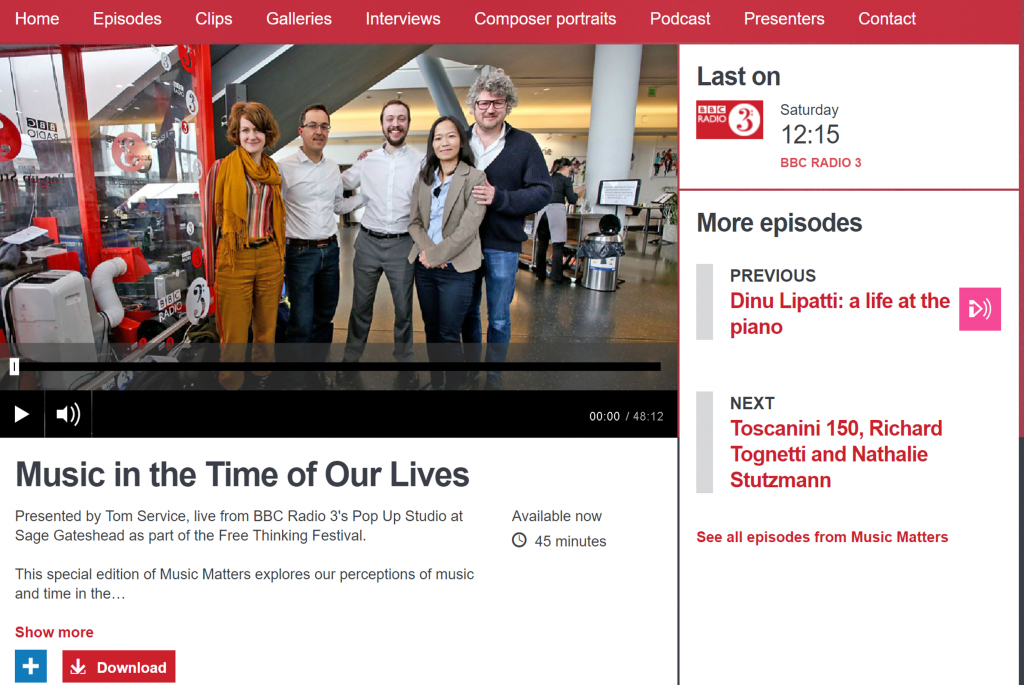
BOOK CHAPTERS AND PERSPECTIVES

Human language (edited by Peter Hagoort)
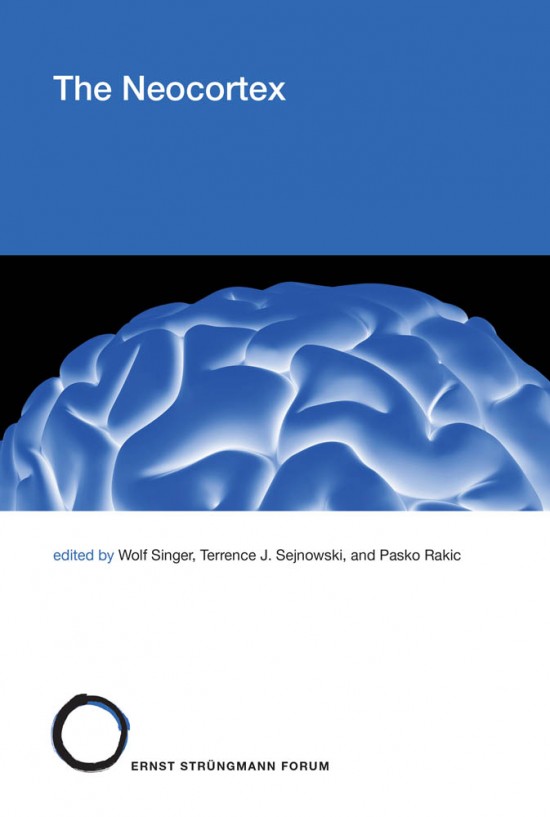
The Neocortex (edited by Wolf Singer and colleagues)
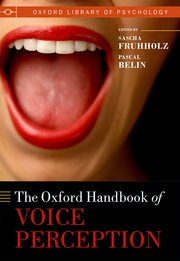
PERSPECTIVES on Language Evolution. Special issue in Current Opinion in Behavioral Sciences. Read the Editorial Overview
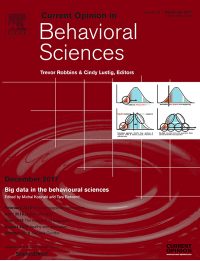
31 contributions from world leading authorities and upcoming bright stars on language evolution rooted in core principles on neural systems and cognition aim to provide thought provoking perspectives and new insights on the evolution of cognition and language. Articles can be found here.
Blog overview of recent Papers:
For earlier papers, see publications page
*Rocchi F, *Oya O, Balezeau F, Billig AJ, Kocsis Z, Jenison R, Nourski KV, Kovach CK, Steinschneider M, Kikuchi Y, Rhone AE, Dlouhy BJ, Kawasaki H, Adolphs R, Greenlee JDW, Griffiths TD, Howard MA III & Petkov CI. (2020) Common fronto-temporal effective connectivity in humans and monkeys. Neuron
Exciting scientific report from the Newcastle Iowa collaboration. Using the same approach for visualizing the impact of brain stimulation that our groups recently helped to translate to human patients at Iowa, we found evidence for a substantial amount of correspondence in neural function (effective connectivity) across the species. Human language and cognition are expected to have resulted in substantial differences in brain network connectivity. Yet using this new approach we a remarkable common neural principle. This discovery will better support translation of information and technology from animal models to human patients even for pathways that are often thought to have substantially specialized in humans.
Balezeau F, Wilson B, Gallardo G, Dick F, Anwander A, Hopkins W, Friederici A, Griffiths TD & Petkov CI (2020) Primate auditory prototype in the evolution of the arcuate fasciculus. Nature Neuroscience.
- Newsweek https://bit.ly/3awFlMs
- Summary of media coverage Reddit >35K upvotes top in science
- Press release https://bit.ly/3anRfIo
Discovery made possible by international EU and US collaboration involving six institutions. We found a homolog of the human language pathway hiding in the auditory system of apes and monkeys. This is analogous to finding the fossil of a long suspected ancestor. Yet, because brains do not fossilize, neuroscientists need to infer what ancestral brains might have been like by studying the brains of extant primates and comparing them to brain scans in humans. This project relied on globally shared data in apes and humans. It also generated unique new brain scanning data in monkeys and shared the data to encourage further discovery. The discovery complements other work in progress to understand this pathway important for cognition in human and nonhuman primates and language in humans. The project established more direct links to parallel work with neurology and neurosurgery patients, including individuals with langauge or memory difficulties resulting from stroke, brain degeneration (dementia), epilepsy or auto-immune encephalitis.
Klink C et al. & Petkov CI. (2020). Combined Brain Perturbation and neuroimaging in non-human primates. Open Science Framework preprint, in review
This paper is an extensive review from experts in the community combining brain stimulation and perturbation approaches that have tremendous potential for scientific advance and therapeutics with brian imaging to visualize. This effort complements other recent papers and advances in both human and nonhuman primates (Petkov et al., 2015; Oya et al., 2017; Thompson et al., 2020; Rocchi et al., in press). Upon this fundamental work with nonhuman primates a number of innovative approaches for stimulating the brain could further translate to greater therapeutic use in humans in the near future, and some already have.
Thompson WH, Nair R, Oya H, Esteban O, Shine JM, Petkov CI, Poldrack RA, Howard M & Adolphs R. (2020) A data resource from concurrent intracranial stimulation and functional MRI of the human brain. Scientific Data
Brain stimulation is an important treatment for debilitating disorders. When combined with brain imaging it becomes possible to visualize the impact of stimulation on the brain. Following on prior developments in primates and humans (Petkov et al., 2015; Oya et al., 2017) this paper establishes a unique resource of data from combined brain stimulation and imaging. This resource is available via OpenNeuro and will continue to grow, including with the recent papers (Rocchi, Oya et al., in press; Klink et al. 2020).
Perry AL, Mason S, Nacef J, Waddle A, Hynes B, Bergmann C, Schmid MC, Petkov Ci, Thiele A & Mitchell AS (2020) Protective cranial implant caps for macaques. J. Nsci. Methods
This paper was made possible by the Oxford Newcastle Exchange (ONE) collaboration on animal welfare. It was also an award winning presentation at the AST2020 conference (Andrew Blake Tribute Award, for the best refinement ). We developed a simple yet potentially important cap (a modified version of the facemask system we’ve used previously that was developed in collaboration with the Freeman Hospital cancer radiotherapy unit: Slater et al., 2016). Using this as a protective cap shows quantifiable post-surgical benefits. This development and data will be shared via the PRIME-DE and PRIME Research Exchange data and information sharing efforts (Milham et al., 2018; Milham, Petkov and Consortium, 2020). This means that other groups could further assess and contribute this type of information as part of metadata on primates.
Milham M*, Petkov C* [plus 150 others]. (2020) Accelerating the evolution of nonhuman primate neuroimaging. Neuron
A community of 150 individuals across laboratories here defines the importance of primate neuroimaging. The community also defines their ambitions in the next 5-10 years for global data sharing. The importance for humans is noted here. Also see.
Speaking of Research article about the work. Nature article about work
Calmus R, Wilson B, Kikuchi Y & Petkov CI, Neural mechanisms for complex combinatorial binding: Computationally and neurobiologically informed hypotheses, Philosophical Transactions of the Royal Society, Biological Sciences, (2019).
The cognitive mind and brain is so complex that we are lost without a model. This is part of Ryan Calmus’ PhD work to generate a computational model (VS-BIND) that is complementary to deep learning approaches. The model is computationally elegant and generates exciting predictions about how the brain creates mental structures. By mental structures I mean how the brain allows us to structure our complex sensory environment, with language (what you and I are using right now) a prime example of how the brain needs to efficiently find the symbols (words) and the relationship between them in a sentence. If this fails comprehension goes out the door and a person is locked out from communication. Our hypothesis is that this process is fundamental for cognition, is based on an ancient ancestral brain system and Ryan’s model charts a way forward with our neurobiological work, which is also likely to improve the model.
For prior blogs see the publications page …
Our Scientific Mission
Our research uses advanced imaging and neurophysiological methods to study perceptual awareness and cognition, with an emphasis on communication: auditory or multisensory, informing and responsive to work with neurosurgery and neurology patients. Research Directions
Our group is pursuing evolutionary relationships in brain function. We are guided by the notion that information on how the human brain changed during its evolutionary history will be indispensable for advancing treatments for cognitive and communication disorders. This includes addressing forms of aphasia, amnesia, agnosia and language disorders.
Human and Animal Research, Welfare and Scientific Discovery: We work with typical individuals and patients whenever the scientific questions can be answered in humans. We also collaborate with neurosurgery groups working with patients being treated for brain disorders. Whenever necessary and the scientific questions cannot be addressed in humans alone, we also work to understand how the brain works, why neural systems falter and what we might be able to do to improve learning and brain plasticity to compensate for impairments in nonhuman animals. For instance, we conduct comparative studies to test for and establish direct relationships to the work in humans, making the animal research as relevant for human medical science as is possible. Our laboratory follows the highest ethical standards for all of our human and nonhuman animal work and all of the work is stricly regulated by local, national and international regulatory bodies. Our laboratory is firmly rooted in the principle that scientific discovery can and should co-occur with advances in welfare (human or nonhuman). To this aim we actively contribute towards advancing the 3Rs principles.
Chris was co-founder with Prof. R. Lemon of the UK Expert Group in NHP neuroscience, that provides information for funders, goverment and the public on this sensitive area of science. Chris is also on the Speaking of Research committee and writes articles on science, discovery and animal research and welfare for the public.
Newcastle is a signatory of the UK Concordat on Openness on Animal Research. You can find Newcastle University’s statement and information on animal research here. We support advances in animal welfare and scientific discovery. All of our work is strictly regulated by the UK Home Office or the relevant human ethical regulatory bodies in the UK and US.
Current Funding
Wellcome Trust
European Research Council
National Institutes of Health (in collaboration with the HBRL at University of Iowa)
Past Funders
Wellcome Trust
BBSRC
NC3Rs
Helsinki University
Alexander von Humboldt Foundation
Max-Planck Society
National Institutes of Health
M.I.N.D. Institute
